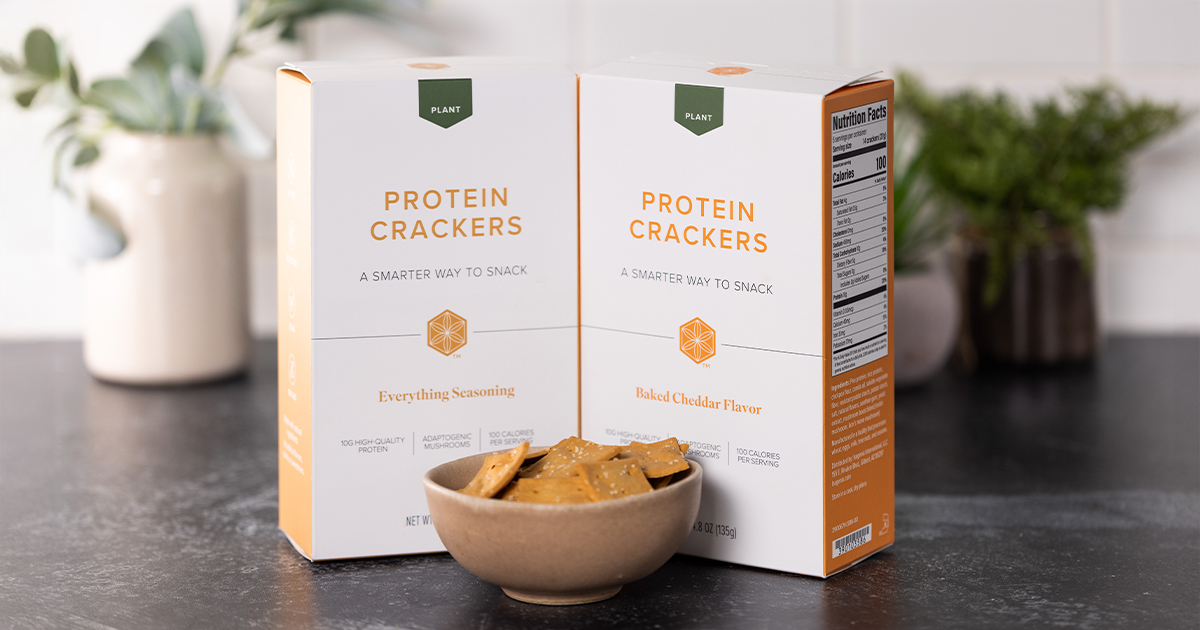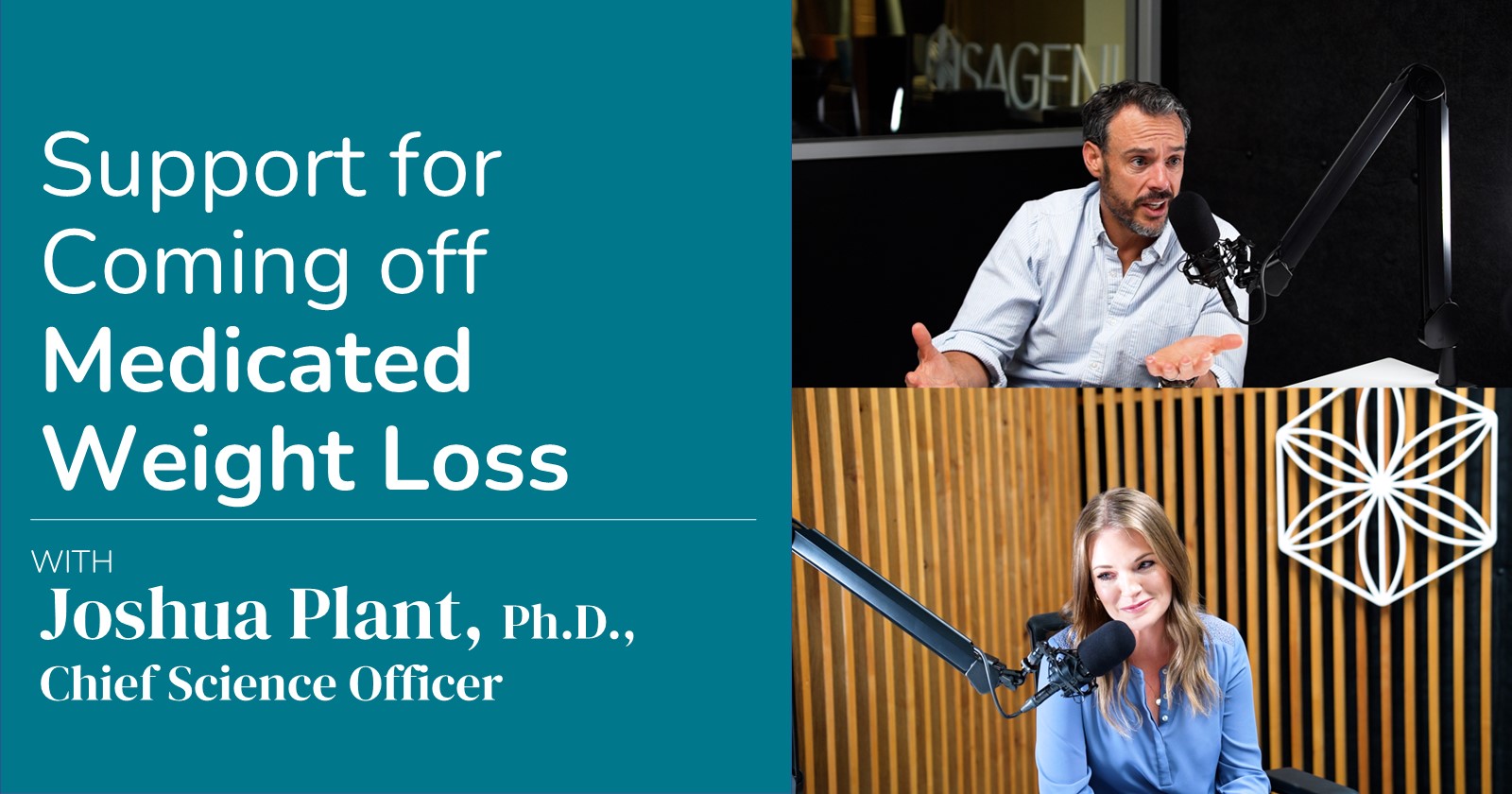It’s no secret that we at Isagenix pride ourselves in providing some of the highest-quality undenatured whey protein. With the release of our new Chocolate IsaPro, many wonder why the product is basically just whey protein and if it has a place in their plan.
While many see IsaPro as a recovery tool from intense exercise, there is more than one reason to take it. The whey protein we use in our products has some benefits that go beyond muscle-tissue building and weight loss. Here we review some other benefits, whatever your health and wellness goals may be, of taking whey protein.
Stress Adaptation
Whey protein concentrate in its undenatured form has a special protein in it called alpha-lactalbumin, which is shown to improve mental performance and mood in stressful situations (1). Alpha-lactalbumin has the ability to help maintain healthy serotonin levels, which are reduced by prolonged stress. In a series of studies using whey, subjects had higher levels of the amino acid tryptophan, which is the precursor to serotonin biosynthesis (1). Whey protein also has the potential to increase a special protein called heat-shock protein, which increases a cell’s ability to tolerate stress (2).
Biological Value
Whey protein has the highest biological value (demonstrating optimal levels of essential amino acids for the body) of all dairy proteins. This basically means it has a superior essential amino acid profile. Amino acids are the building blocks of protein and “essential amino acids” are the ones required in the diet because the body can’t make them internally. The biological value (BV) is the ratio of how much protein the bodies’ tissues can utilize. To put the BV into perspective, soy protein has a value of 74 while whey has a whopping value of 104 (3)!
Satiety
Undenatured whey has bioactive peptides (chains of bonded amino acids) and amino acids generated during digestion that stimulate the release of specific hormones that regulate appetite—resulting in reduced food consumption and greater satiety or fullness (4). These hormones include cholecystokinin, peptide YY, and glucagon-like peptide-1.
Immune Booster
Nutritionists Rie Tsutsumi and Yasuo Tsutsumi of University of Tokushima, Japan, recently investigated the immune-enhancing benefits of undenatured whey and found multiple proteins in whey that play distinct roles in health maintenance:
- Beta-lactoglobulin binds vitamin A and helps increase the uptake of vitamin A in the digestive tract. It also facilitates the uptake of fatty acids.
- Alpha-lactoalbumin has protective effects on the lining of the digestive tract and can inhibit growth of harmful bacteria.
- Lactoferrin aids the absorption of iron in the digestive tract and can inhibit the growth of harmful bacteria.
- Serum albumin binds and carries fatty acids.
- Immunoglobulins A, G, and M support the immune system.
Lactoperoxidase and lysozyme also support the immune system but also have distinct antioxidant properties.
Tsutsumi and Tsutsumi also highlight whey as an effective tool for avoiding sarcopenia, or the muscle wasting that’s so common in the elderly.
Whatever your goal, including whey protein can be a useful tool for health and wellness. New research supports how whey goes far beyond simply building muscle. High-quality whey protein can support the health of the digestive system, the immune system, decrease appetite, and even normalize stress.
References
- Markus CR, Olivier B, de Haan EH. Whey protein rich in alpha-lactalbumin increases the ratio of plasma tryptophan to the sum of the other large neutral amino acids and improves cognitive performance in stress-vulnerable subjects. Am J Clin Nutr 2002;75:1051-6.
- de Moura CS, Lollo PCB, Morato PN, Carneiro EM, Amaya-Farfan J. Whey protein hydrolysate enhances the exercise-induced heat shock protein (HSP70) response in rats. Food Chem 2013;136:1350-7.
- Smithers GW. Whey and whey proteins- from ‘gutter-to-gold’. Int Dairy J 2008;18:695-704.
- Tsutsumi R, Tsutsumi YM. Peptides and proteins in whey and their benefits for human health. Austin J Nutri Food Sci 2014;1:1002.





